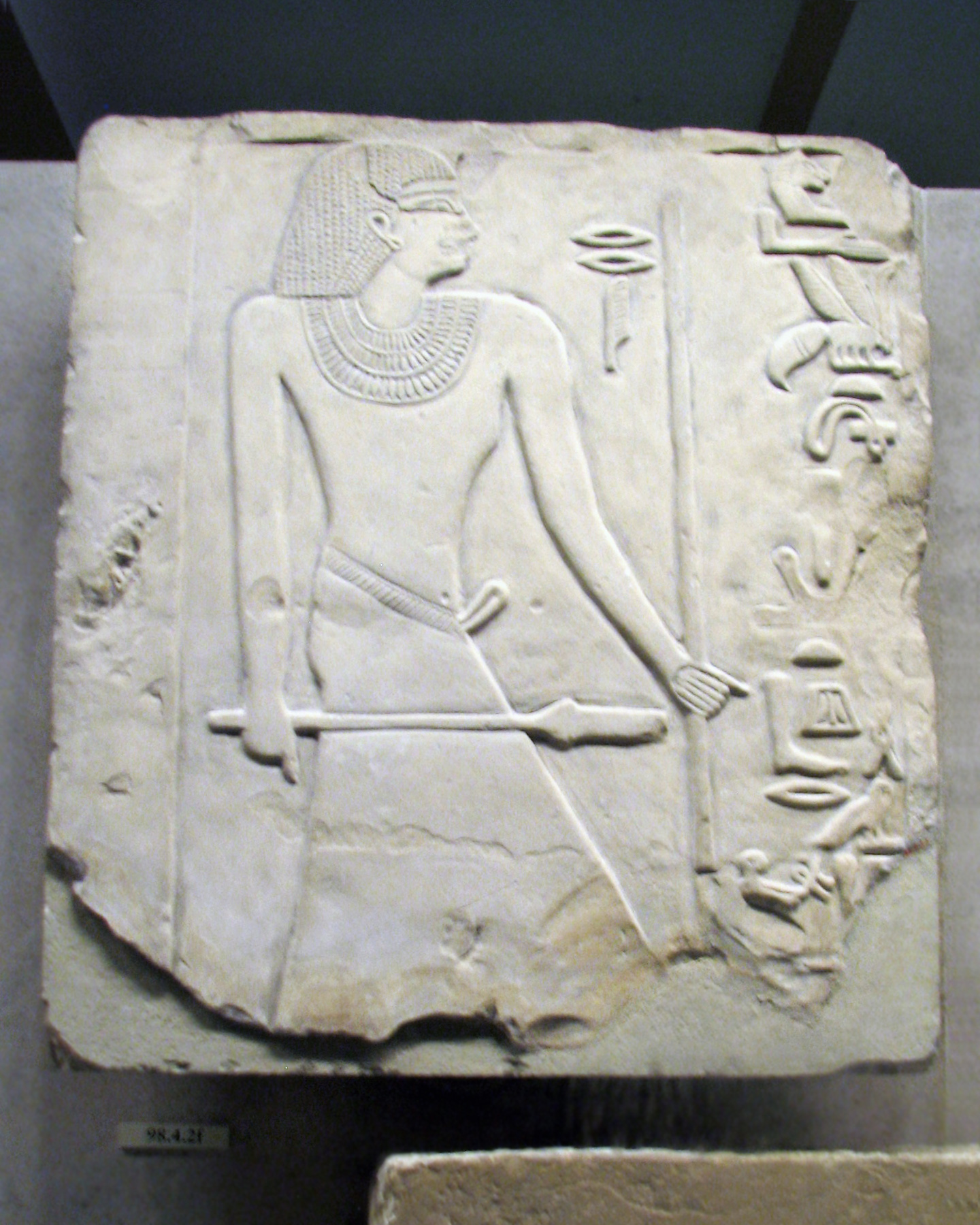
Relief from the Tomb of Mereri, the Overseer of Priests and Keeper of the sacred Cattle
First Intermediate Period, Dynasty 9, ca. 2100–2030 B.C.E.
Northern Upper Egypt, Dendera (Dandara; Tentyra), Tomb of Mereri, Behind Temple of Hathor, EEF 1898
Limestone, H. 50 cm (19 11/16 in.); l. 44 cm (17 5/6 in.)
Excavated by Flinders Petrie at Dendera in 1898, Gift of Egypt Exploration Fund, 1898
Met Museum #98.4.2f


